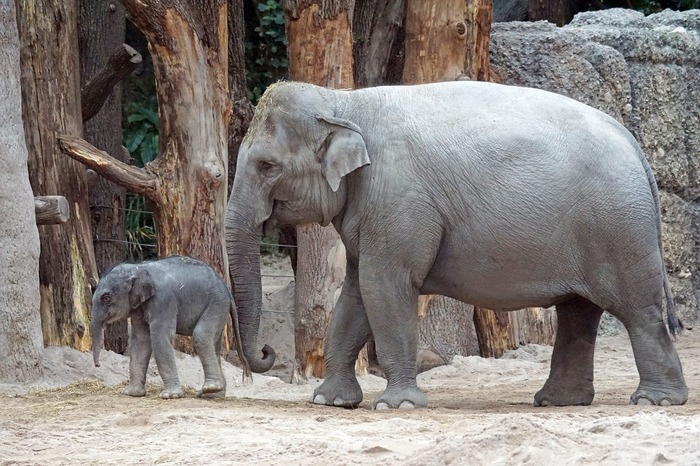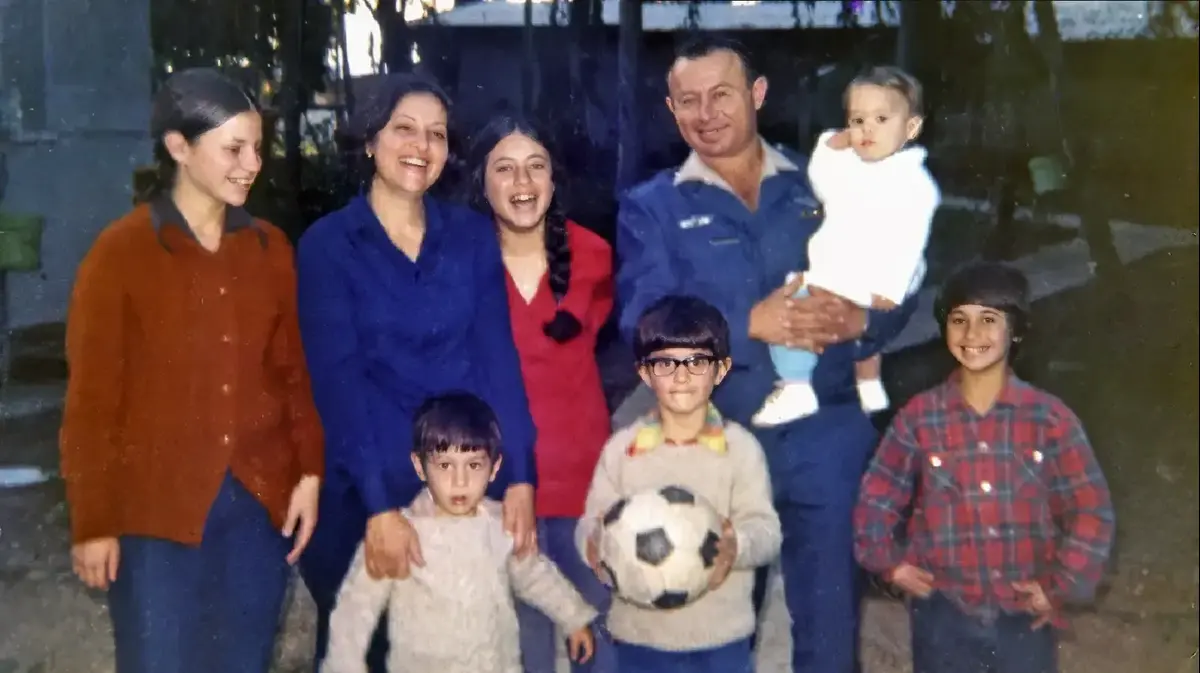Enlarge image
Finds in Kenya: reconstruction of the bone position
Photo: Jorge González / Elena Santos / dpa
Human beings are primarily human because they have developed the ability to plan and reflect.
In the course of the Incarnation he built up a culture of remembrance, which also includes burials and later burials with countless rites.
This testifies to a reflective approach to life and death - and to what comes afterwards in the imagination of many cultures.
But when people began to bury their dead and develop such rites is often difficult to say in an archaeological context - especially old finds, of which not much is left, remain vague.
It is all the more interesting what researchers have discovered in Africa:
The oldest known burial of a person on the continent was found there in a cave in Kenya.
The child's skeleton in the grave is around 78,000 years old, reported the Max Planck Institute for the History of Man in Jena, which was involved in the excavations.
Based on the position of the bones in particular, it was concluded that the two and a half to three year old child, who was called "Mtoto" (Swahili for child) by the scientists, was being buried.
With the knees drawn up and the torso bent forward, the child lying on its side was buried in a shallow pit, the researchers led by María Martinón-Torres from the National Research Center for the History of Human History (CENIEH) in Burgos, Spain, describe their findings in the specialist magazine "Nature" . It may even have been lying on some kind of pillow. The pit directly under the protective rock overhang in the Panga ya Saidi cave system in southeastern Kenya was specially dug and the body was immediately covered with earth. This is indicated by the way in which the bones were found in the ground. Otherwise, the bones would have fallen into cavities previously filled with tissue during the decomposition, explain the experts.
The researchers explain that the death of a child was a particularly sad event even for early people of the Middle Stone Age, as indicated by a find in South Africa, among other things. In a comment on the study, Louise Humphrey from the Natural History Museum in London explains that symbolic acts and the effort involved separated the simple burial from the cult of the dead. While in simple forms only the body was given over to the earth, objects were later given to the dead on their way to the afterlife, for example, or elaborate graves were erected - depending on their social rank. Understanding how the dead were dealt with therefore goes hand in hand with an understanding of social organization in the early history of mankind.
The site in Kenya north of the port city of Mombasa is not the earliest human burial in the world. Both in Europe and Asia, burial sites of Homo sapiens, Neanderthals and other human forms have been discovered that are believed to be more than 100,000 years old. In Israel, for example, the Skhul Cave in the Carmel Mountains served as a burial site, the site is estimated to be up to 120,000 years old. Dating such finds is not always easy, as the radiocarbon method, which is based on the decay of the carbon isotope C14, no longer works from an age of around 60,000 years.
There have been no comparably old finds in Africa so far and that is puzzling, according to the Max Planck Institute for the History of Man.
Possible reasons could be the lack of relevant field research in large parts of Africa.
The current discovery has a long history: as early as 2013, during excavations, parts of the bones lying about three meters below the current floor of the cave were discovered.
"Mtoto" was not fully uncovered until 2017. At the CENIEH research center, the significance of the compressed, severely decomposed bones became clear.
Two teeth indicated the remains of a person, teeth not yet erupted in the jaw indicated the approximate age of the child.
joe / dpa









